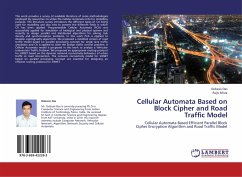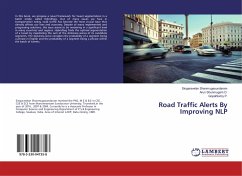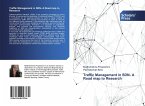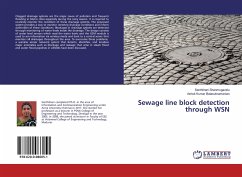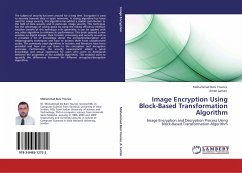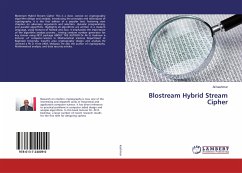This work provides a survey of available literature of some methodologies employed by researchers to utilize the Cellular Automata (CA) for modelling purpose. The literature survey introduces the different types of CA being used for modelling and also tries to present the different fields in which CA has been applied. Programmable Cellular Automata (PCA) was successfully applied for simulation of biological and physical systems and recently to design parallel and distributed algorithms for solving task density and synchronization problems. In this work PCA is applied to develop cryptography algorithms. We proposed a modified version of road traffic model based on parallel processing concept for single lane traffic simulation and CA is applied to solve the bridge traffic control problem. A Cellular Automata model is proposed in this work to analyze a Vehicular Intersection Traffic Problem. We proposed an appropriate routing protocol for VANET based on the dynamic network connectivity behaviour of urban traffic at road intersection. The network connectivity model for VANET based on parallel processing concept are essential for designing an efficient routing protocol for VANET.
Bitte wählen Sie Ihr Anliegen aus.
Rechnungen
Retourenschein anfordern
Bestellstatus
Storno

